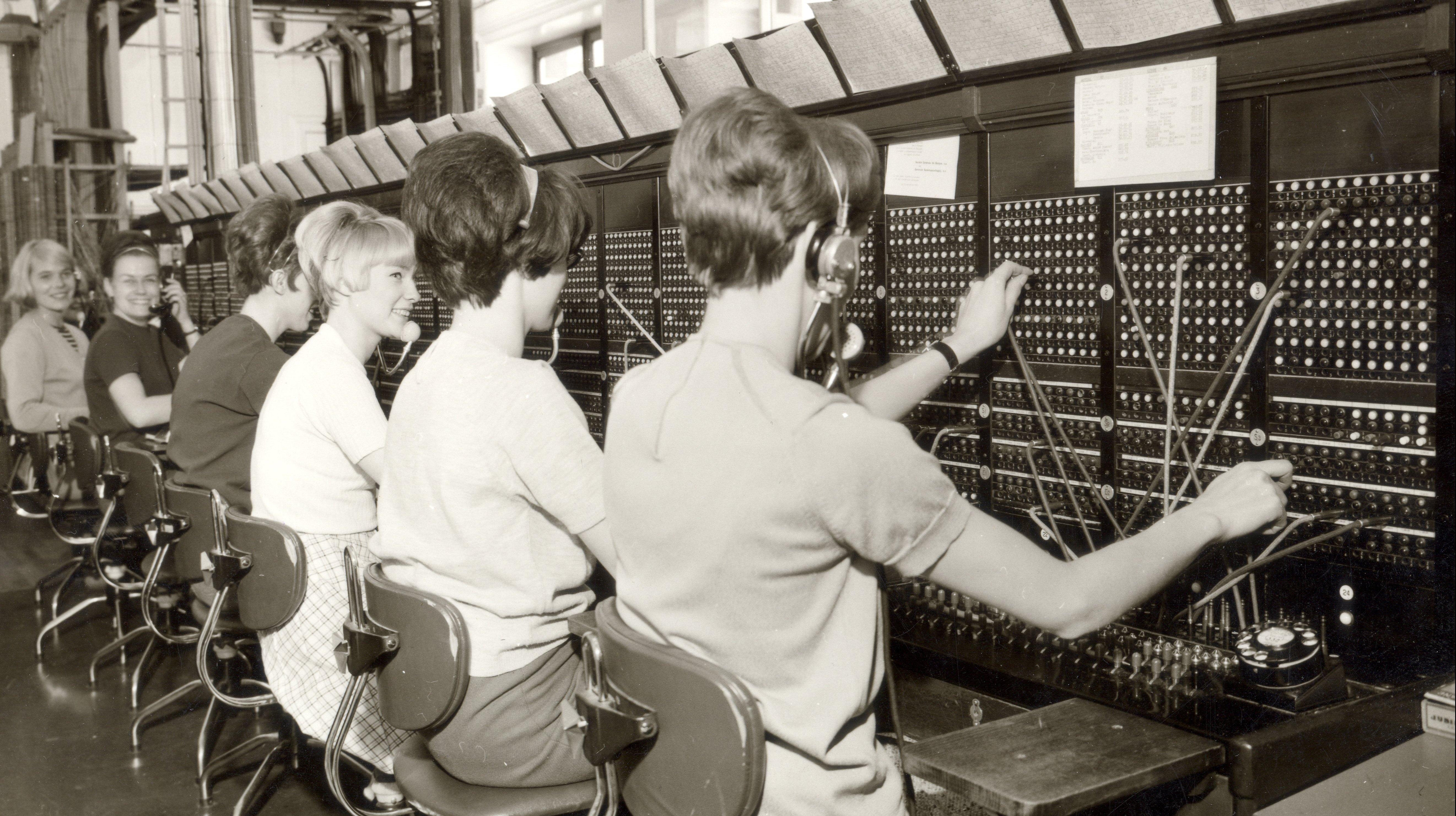In this series entitled ‘History of a bank’, BNP Paribas Fortis presents stories and anecdotes about various events in our economic and social history seen through the eyes of the bank and the organisations that preceded it. In fact, understanding the past often sheds light on the way the world works today. This first article puts into perspective the evolution of the role of women in the banking world. Take also a look at our photo gallery.
Although these days half the staff at BNP Paribas Fortis are women, this has not always been the case – far from it! In the 19th century, no women were employed by the companies that were the precursors of BNP Paribas Fortis.
In 1901, an ‘alien’ member of staff was taken on by the former ASLK-CGER. Her name was Paula Doms. She was born in Mons in 1878 and was the first woman in Belgium to be awarded a doctorate in mathematical sciences. At Société Générale de Belgique / Generale Maatschappij van België (from which the former Generale Bank would originate) it was not until January 1919 that 130 women were hired, as an experiment. At the same time, ASLK-CGER was recruiting war widows, but still only in very small numbers (seven in 1922, 15 in 1931 and 18 in 1937). They worked as typists and were separated from the men by a large window pane.
In the period between the wars, the position of women in the banking sector evolved slowly. The gap between the salaries of men and women was significant. Following the severe economic crisis that hit Europe in the 1930s, it was decided that women who married should resign from their jobs in order to promote work among men. The ‘right to marry’ for female employees was not restored until 1963.
After the Second World War, women progressed, slowly but surely, towards greater equality. The first woman was elected onto the works council of Société Générale de Belgique / Generale Maatschappij van België in 1957. In 1965, the trade unions at ASLK-CGER induced the management to agree that female members of staff could access positions other than those of typist, shorthand typist or tabulating machine operator.
Hired in 1965 as the first female university trainee at the former Generale Bank, Rosa Van Elegem had an ambition: to become the first female branch manager as well, a wish that came true for her from 1968. “At the start of my career, I was of course met with a great deal of condescension,” she remembers. “Some of them called me ‘my dear girl’.
And when my baby bump started to show, they said ‘You’re pregnant? But you didn’t tell us’. I’m sure you don’t hear that type of comment any longer these days.”
During the course of a relatively long (36 years) and diverse career, I was fortunate enough to mix with, hire and manage a great many colleagues, both men and women. I watched a lot of women and men progress in many different positions thanks to their personal and professional qualities, and not because they were men or women. In my view, that’s equality. And that’s why I’ve always been interested in people. Any maybe that’s why I ended my career as Human Resources Manager, during the tricky period of the mergers between Generale Bank, ASLK-CGER, Fortis Netherlands, MeesPierson, etc. Throughout all these years, I was able to become a ‘memoir of the bank’ and in particular of the personalities that have built it.”
Read the full article ‘Women in banking: a hundred years to achieve equal opportunities’.
Visit also our Arts Collection & Historical Archives site
Contact: historicalarchives@bnpparibasfortis.com
